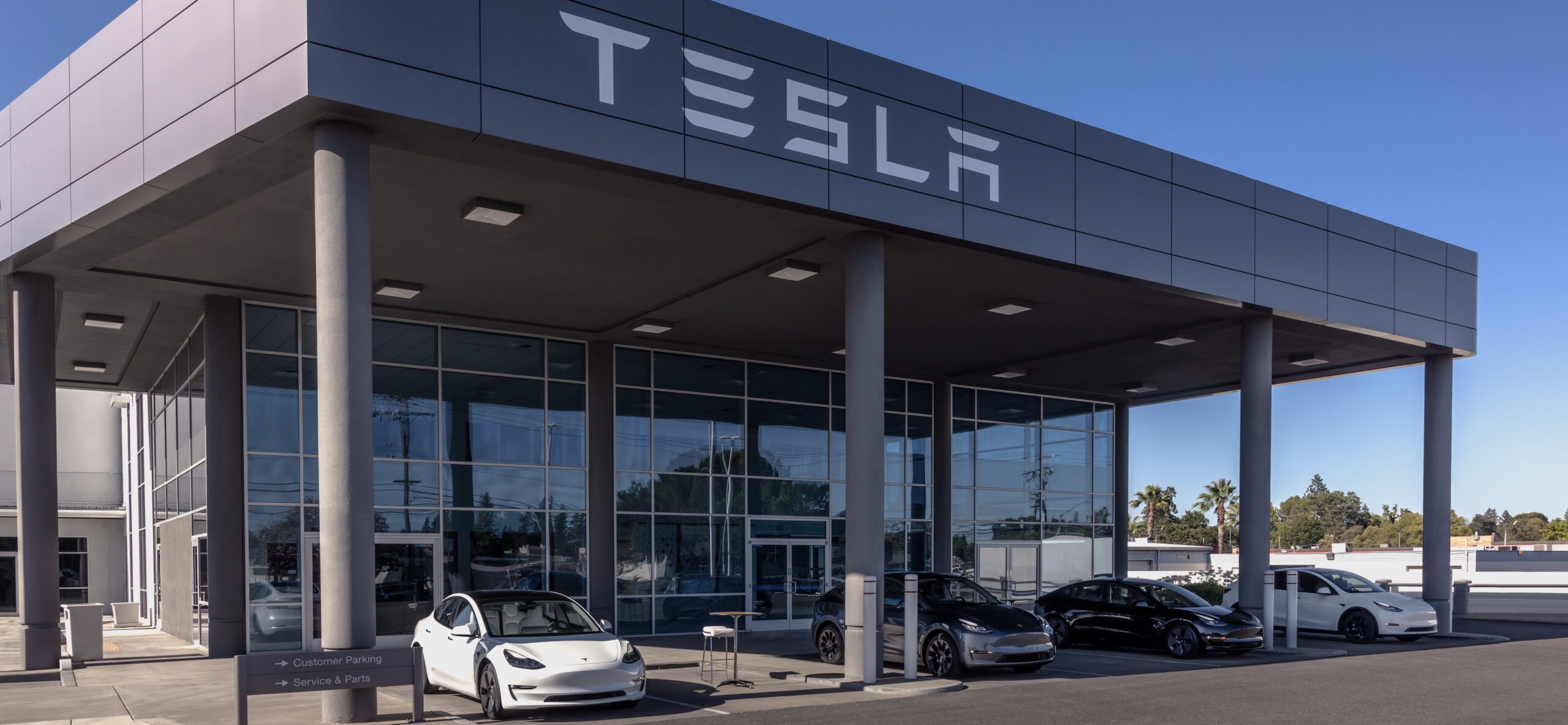It's all about margins
Margins are particularly important to the TSLA investment case given they’re at the front line of the investment debate: Is Tesla a car company or a tech company?
As a point of perspective, operating margins for traditional carmakers averaged 8% in the first half of this year, compared to Tesla at 14%. While that 14% number is favorable compared to other car companies, it still lags behind the gold standard of hardware-software margins (that being Apple’s 38% operating margin). Long term, I believe Tesla will expand operating margins to 25% or greater, while I expect traditional carmakers’ margins to compress over the next 10 years as they feel the financial impact of the transition to EVs.
